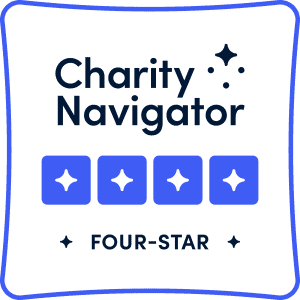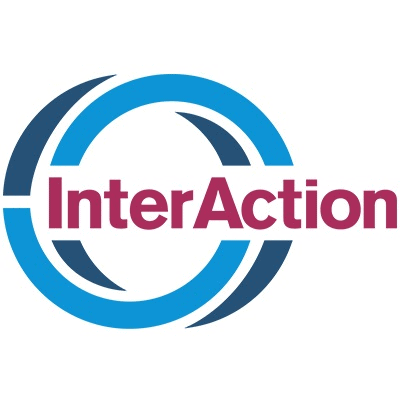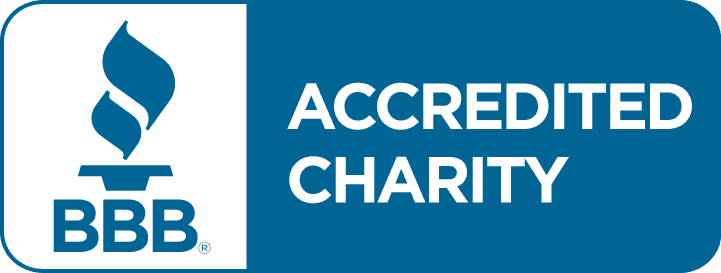Self-Reliance
The measure of community self-reliance is based on indicators that evaluate progress in all integrated, epicenter-level program areas. This diverse set of indicators (about 50) measure program outputs (the immediate results of each activity), outcomes (the changes in communities as a result of the interventions) and impacts (long-term widespread changes) in order to assess each epicenter’s path to sustainability.
In order to measure self-reliance, three elements are required: indicators (a guide to what information should be examined), data (the information itself) and targets (thresholds that we expect to see met by the data). More on each below.
Indicators
Indicators measure self-reliance including program outputs, outcomes and impacts in order to assess each epicenter’s path to sustainability. Each indicator has a weight:
Outputs = 1 point; Outcomes = 2 points; Impacts = 3 points
We use those weights to calculate a self-reliance score for each epicenter. This score is a single number, presented in percentage terms, that shows the percent of targets the community has met. An epicenter has to achieve a score of 80% or higher to reach self-reliance.
Data Collection
By gathering and analyzing data from epicenter communities, we partner with trained volunteers from the community, to determine whether an epicenter is building and reinforcing the skills and behaviors that empower the community to lead their continued development. As an organization grounded in grassroots advocacy and international development from the bottom up, we take a different approach to monitoring and evaluation (M&E) that includes participants in our programs as both collectors and consumers of data. The goal of our participatory M&E system is to recognize what works, what does not work, and why to connect our project performance with community expectations and goals.
Target Setting
Targets help to understand how much progress an epicenter has made in any given indicator area. It is not expected that any epicenter has met all of its needs. Rather, in accord with our definition of self-reliance, we expect epicenters to demonstrate progress towards meeting those needs.
Absolute Targets
Some self-reliance indicators are absolute, meaning that they are either met or unmet, with no in-between progress. For example, “Presence of an electrical connection” is an absolute indicator: either the connection exists (“yes”) or it does not (“no”). There is no partial credit in absolute indicators, meaning that when calculating self-reliance scores, an epicenter will only receive points for this indicator if the target is achieved. Although all absolute indicators have a target of “yes,” an epicenter does not need to meet every single one to declare itself self-reliant. Therefore, it is possible that an epicenter scores “no” on some absolute targets, but has still made enough overall progress to obtain a score of 80% or higher. The epicenter land deed and its legal recognition; these indicators must be met in order for an epicenter to be declared self-reliant.
Target Ranges
Most self-reliance indicators are not absolute; they seek to track a positive trend. These indicators capture information about how an epicenter is progressing given its own context and efforts. Because our programs in Africa comprise a diverse selection of nine countries and over a million people from very different communities, some indicators have a target range. A target range ensures that each epicenter demonstrates progress, but lower and higher-performing epicenters can both still qualify. Target ranges are determined considering a variety of factors:
- Internal research that maps all available data within existing epicenters, and which points to high-performing epicenters as models.
- International norms and the Sustainable Development Goals (SDGs), including targets on hunger and poverty
- Consideration of scope around the scale of resources and time of the partnership with us.
The target-setting process for each community involved discussion and negotiation among community leaders, our local staff and the Global Office team. The ultimate owners of the targets are the communities themselves.
Data Transparency
In our Africa Program Countries, communities hold meetings one to four times per year where M&E Animators report to their communities on activities over the previous three months. These meetings are open to all community members, and during these sessions M&E Animators report on the year’s progress against the goals they set for themselves at the beginning of the year. “Transparency Boards” post information on the planning, performance, and financial status of activities on a central building in the community. Participants use this information to discuss and assess the year’s performance, and set targets for the upcoming year.
Related News
Make change happen. Invest in people.
Mailing address
The Hunger Project
110 West 30th Street, 6th Floor
New York, NY 10001
Get connected
Join the conversation on social, and stay connected with the latest from our partners around the world.
Stay informed
Subscribe to our newsletter to receive updates of latest news and events.
© The Hunger Project | Website by The Good Alliance






